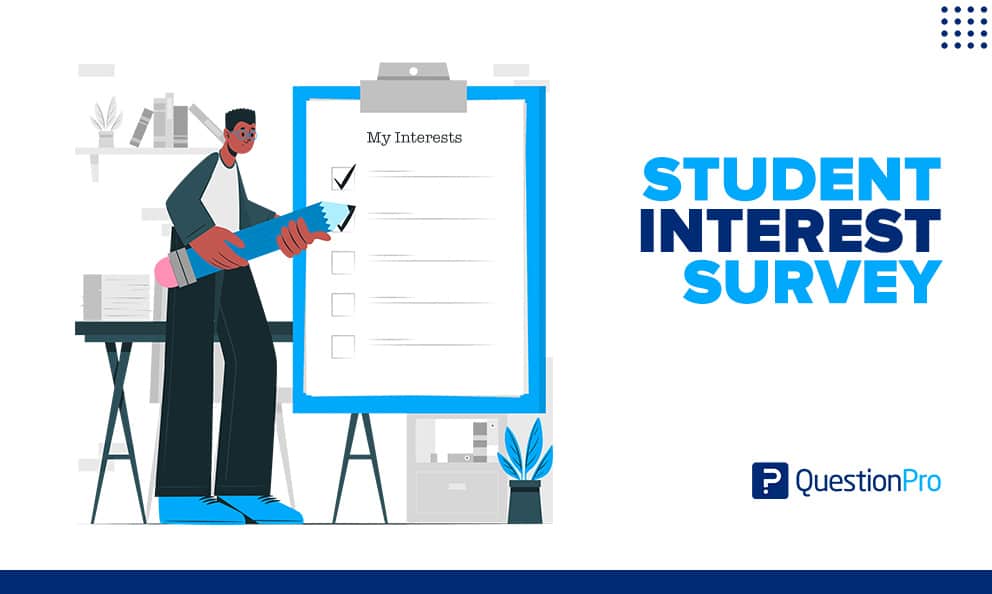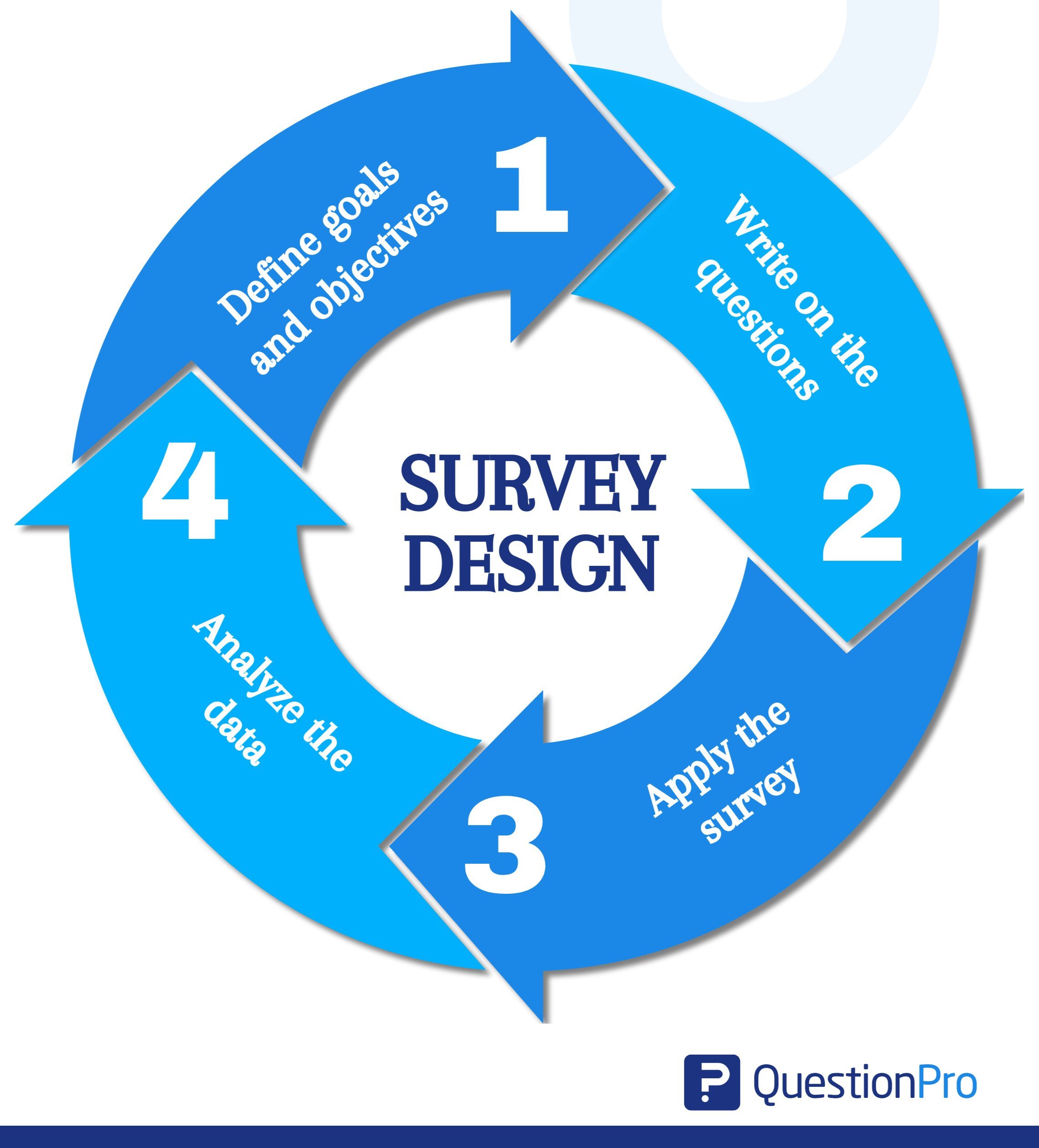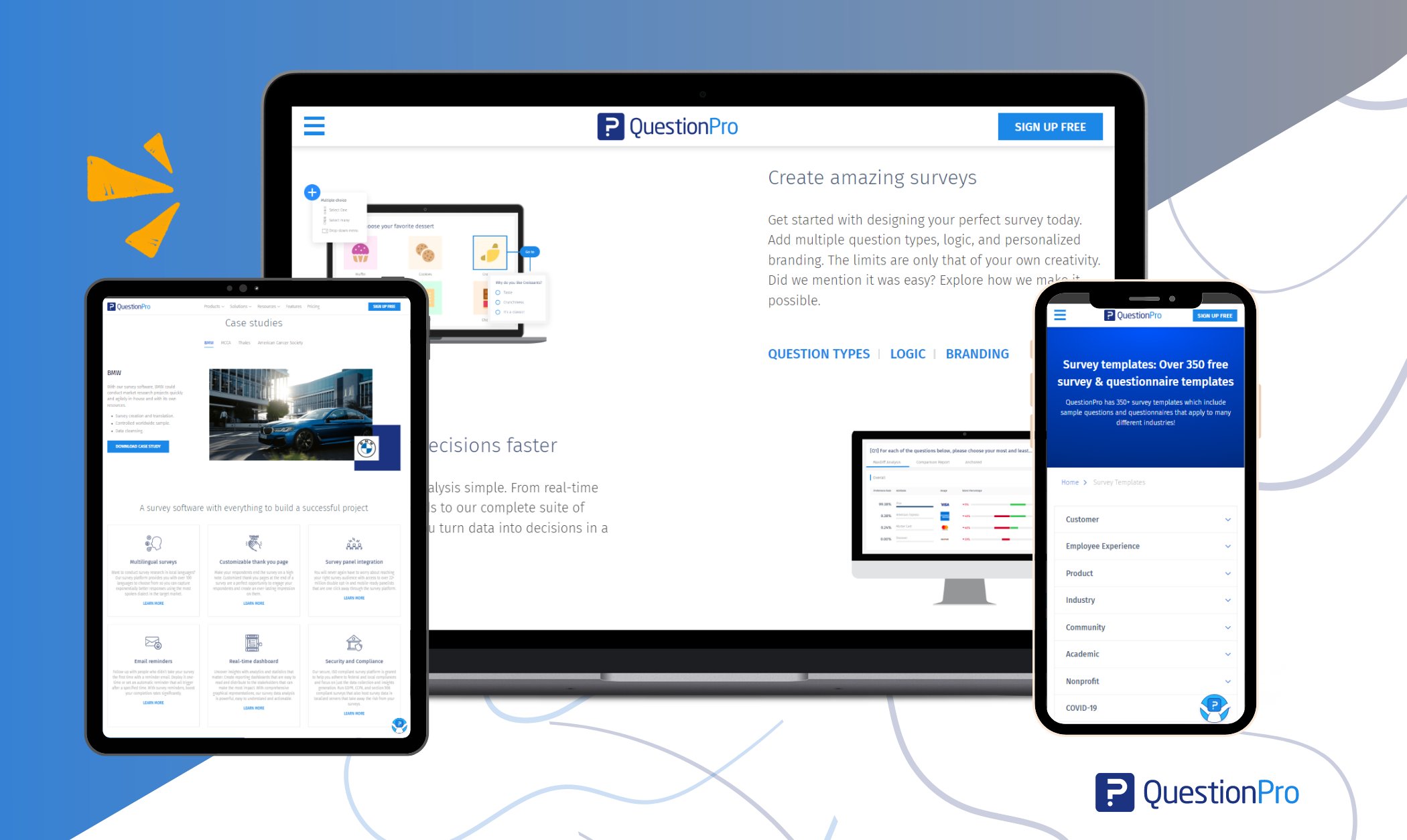
Teachers can only create personalized instruction or motivational environments if they know their students. Highly effective teachers create purposeful opportunities to learn about their students and find ways to let students know they are known. School administrators could create a student interest survey, which is a great way to learn about students.
Student interest surveys are fascinating; therefore, today’s blog post will explore them. We will review various types of surveys, their role in understanding student preferences, and how to design surveys that get effective results. So get a coffee and begin!
What is a Student Interest Survey?
A student interest survey is a tool for teachers and administrators to collect information on student interests and preferences to improve the educational experience. Typically given at the start of the school year, a Student interest survey helps teachers learn what motivates each student so they can adjust lessons to engage them better.
When an teacher knows what a student is passionate about, their hobbies, and their curiosities, it builds a level of trust with the student that can motivate both of them to perform better.
Students need feedback to benefit from their courses fully:
- Feedback helps students get the most from courses.
- Knowing students’ backgrounds helps educators plan effectively.
- Students’ input on pacing allows for course adjustments.
Also, the students are the ones who can accelerate the learning or decide on reassuring what is being taught. In the end, students need a chance to provide feedback on what they’ve learned, what they still need to improve, and how they can assess themselves either alone or with external help.
Important Topics in a Student Interest Survey
A student interest survey is essential for teachers to better understand students. By gathering information on various topics, teachers can gain valuable insights into how students learn their lessons and meet their needs and interests.
Here are some important topics typically included in such surveys:
- Hobbies and Interests: Students share what activities they enjoy outside of school, such as sports, arts, or gaming.
- Learning Preferences: Questions about how students learn best, whether through visual aids, hands-on activities, or group work.
- Career Aspirations: Students indicate their future career goals or fields of interest, helping educators connect lessons to real-world applications.
- Strengths and Challenges: Insights into subjects or skills where students feel confident and areas where they may need extra support.
- Social Preferences: Information on how students feel about group work, teamwork, and their comfort level in social situations.
- Feedback on Teaching: Opportunities for students to provide input on the pacing of lessons and teaching methods to improve their learning experience.
By covering these topics, student interest surveys create a better supportive and engaging learning environment that meets the needs.
Student Interest Survey Types
For the data to be valuable for the researcher or educator, the first step would be defining the goal for the survey. Different kinds of student surveys can be chosen or designed depending on the goal.
1. Student Entertainment Interests
Entertainment can bring people together and divert people’s attention from their demanding lives, and it’s a great thing to do in your free time. It’s a great way to start a conversation without the necessity of involving too much in other people’s personal space.
- What’s your favorite movie?
- Who’s your favorite artist/musician?
- Do you like video games?
- Are you a fan of sports?
2. Student Engagement Interests
This type of survey serves to understand how engaged the student is with a lesson or course. The objective is to use the collected information to make lessons or courses more appealing to students. Questions can be designed with the Likert Scale.
- How did you find the last period course load?
- Easy – Average – Difficult
- How interested were you in class?
- Not interested – Average – Engaged
3. Student Satisfaction Survey
A student satisfaction survey enables administrators to comprehend how satisfied students are with their learning experience, school environment, etc. In this type of survey, students answer questions more accurately when the questions are clear and concise, allowing them to express their opinions and feelings effectively.
Getting to the point is better for getting accurate answers. A combination of open questions and Rank Order can be helpful.
- How helpful is the administrative staff?
- Please rank the following facilities. Consider (1) the most important and (3) the less important:
- Cafeteria
- Classroom
- Library
4. Teacher Evaluation Survey
A student survey that acknowledges how students feel about their teachers is essential to evaluate the teaching methods. The student survey helps teachers and administrators improve and design better learning experiences.
- Do you find your teacher knowledgeable?
- Is the teacher open to recommendations?
- How was the speed of the presentation given by the professor?
- Fast – Average – Slow
How to Design a Student Interest Survey
When designing any survey type, the crucial aspect is to craft questions that can precisely measure opinions and behaviors. This accuracy is pivotal for meaningful results. Gathering valuable data involves writing questions that don’t mislead the respondents and organizing them in the survey in a trustworthy and unbiased way.

01. Define goals and objectives
Defining the goal should be the survey’s first and most crucial step to get the highest response rate and valuable information. This goal will determine the tone of the survey. Understanding that it would be focused on students and the language you will use can make a huge difference.
02. Write on the questions
Keep in mind the objective, but write as many questions as you think it’s necessary to gather all the information to achieve the goal. Ask one question at a time to avoid confusion, and the use of jargon is not recommended. Will you be using open or close-ended questions? There is no right or wrong; then again, it depends on the objective of the survey, but a 50-50 or 80-20 will always be a good idea.
03. Apply the survey
An online survey is a better option than using paper or a transcript. Students nowadays prefer digital approaches, which reduce transcription errors and allow you to make them more dynamic. With LivePolls, make it more entertaining.
04. Analyze the data
Once you have the information, look at patterns or trends to make decisions toward improving the learning process. Try to get help from graphs, summaries, or reports to get a clear picture of the results; it can be very useful when presenting to other team members or collaborators.
Importance of Student Interest Surveys
Is knowing the students’ interests going to help them in their learning? Will engaging with them in subjects that are relatable going to engage them?
Students in the US spend around 6 to 8 hours a day, that is, without after-school activities. That’s up to half of the waking hours for an average person.
Is it in schools that students build up not only their academic curriculum but most of their social skills, critical thinking, and their confidence? The process of teaching students has changed a lot because of how well technology has been integrated, especially through the use of a Learning Management System.
Getting to know their interests and perception of the educational system is essential to level up the students’ learning, so finding relevant and engaging material that adapts to their social and cultural backgrounds is always worth the time and effort spent on it.
Here is a list of reasons why getting to know the students’ interests is vital as an educator:
- Building trust: Knowing your audience is essential to successful teaching and learning. It provides the fundamental tools necessary to create classroom environments more conducive to learning and meet students’ developmental, emotional, and academic needs.
- It makes learning relevant: Students have a value system of their own. It is the one that drives their decisions, so getting to know what it looks like can help you align the teaching and learning in the same direction.
- Student-Teacher relationships: Positive relationships between teachers and students have been shown to contribute to students’ adjustment to school, improve their social skills, and promote their academic performance and engagement in learning.
How QuestionPro Can Help to Create a Student Interest Survey
QuestionPro is a powerful online survey tool that can streamline the process of creating a student interest survey. Here’s how it can help:

01. User-Friendly Interface
QuestionPro has a very user-friendly interface, which is helpful for teachers who need more technical background to create and customize student surveys.
02. Variety of Question Types
Users can select from multiple question formats, including multiple-choice, open-ended, and rating scales, allowing a comprehensive understanding of students’ personality traits and interests.
03. Templates and Examples
The platform provides student interest surveys, which you can use to save time and cover the most important topics.
04. Real-Time Analytics
QuestionPro offers real-time analytics and reporting, allowing educators to quickly analyze the information gathered and gain valuable insights into student preferences and learning styles.
05. Distributing Surveys
Teachers can easily share the survey through various channels, such as email, social media, or embedded links, making it a perfect way to ensure all students can participate.
06. Confidentiality and Anonymity
QuestionPro allows for anonymous responses, encouraging students to share their true interests and opinions and helping teachers get to know them better.
Using QuestionPro, teachers can efficiently create effective Student Interest Surveys that enhance the learning experience and foster a better understanding of their middle school students’ unique needs.
Conclusion
Conducting student interest surveys in education is an important tool for understanding the needs and preferences of students. It allows educators to tailor their teaching methods and curriculum better to meet the interests and needs of their students. This can lead to increased engagement, motivation, and better student performance.
By understanding what topics and activities students are most interested in, educators can create a more engaging and relevant learning experience, increasing student engagement and motivation.
Moreover, a student survey can also help educators identify students who may be at risk of falling behind or struggling with certain topics. Educators can use this information to provide targeted support and interventions to help these students succeed.
Additionally, by understanding their students’ interests and needs, educators can enhance their capabilities in planning lessons, creating more effective and engaging lesson plans, activities, and assessments that align seamlessly with student interests and needs.
QuestionPro is a complete tool that makes it easier to do a student interest survey in every way. With QuestionPro’s easy-to-use interface and wide range of features, teachers can make engaging surveys based on their students’ interests and tastes.
QuestionPro lets you ask different kinds of questions so you can learn a lot about students’ interests, learning styles, and concerns. Its templates are easy to change, which will save you time and give your survey a more professional look.
Frequently Asked Questions (FAQs)
A Student Interest Survey should include:
1. Demographics: Name, grade, age (optional).
2. Hobbies: Favorite activities and interests.
3. Learning Preferences: Preferred styles (visual, hands-on, etc.).
4. Subject Preferences: Liked and challenging subjects.
5. Career Goals: Future career interests.
6. Strengths/Challenges: Confident areas and support needed.
7. Teaching Feedback: Thoughts on lesson pacing and methods.
8. Open-Ended Comments: Suggestions for improvement.
It helps educators tailor their teaching to student needs.
Here’s a list of questions for a Student Interest Inventory:
1. What are your favorite activities or hobbies outside of school?
2. What sports or games do you enjoy playing?
3. How do you prefer to learn? (e.g., reading, hands-on activities, group work)
4. Which subjects do you enjoy the most? What do you like about them?
5. Are there any subjects you find challenging or dislike? Why?
6. What career or job interests you the most?
7. Do you have any specific goals for your future education or career?
8. What skills or subjects do you feel confident in?
9. What suggestions do you have for making your learning environment better?
10. On a scale of 1 to 5, how interested are you in the following subjects? (List specific subjects)
Teachers can use a student interest survey to assess students’ interests, including questions about hobbies, learning preferences, subject preferences, and career aspirations.
This survey can gather valuable insights into what engages students, allowing teachers to tailor their lessons and activities to meet their needs and interests better.
Analyzing the survey results helps create a more personalized and effective learning environment.







